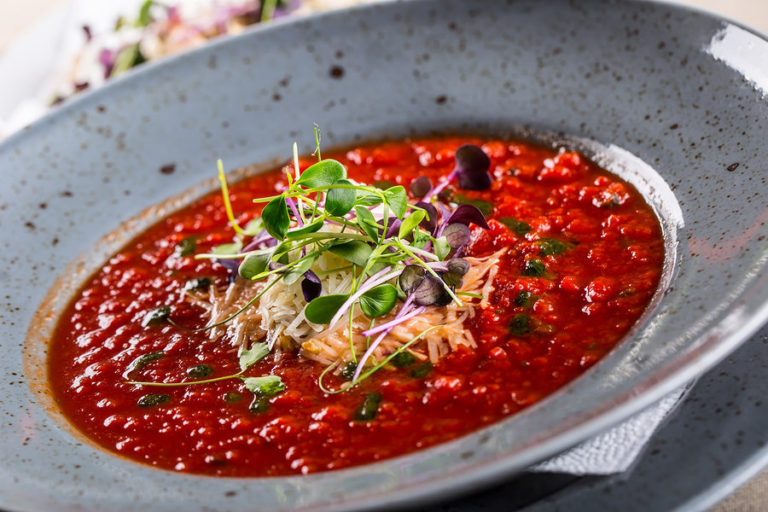9 Simple Tips For Winning Over Fussy Eaters In The Kitchen
As any parent or carer knows, getting fussy eaters to try new foods can be frustrating. This is especially true when children arrive from a foster agency into a new household with different food traditions. However, with patience, creativity and the right approach, you can turn mealtimes into an opportunity for children to expand their palates. In this article, we provide nine practical tips to help you win over even the fussiest eaters.
9 Simple Tips For Winning Over Fussy Eaters In The Kitchen
Go at Their Pace
Don’t force children to try foods they are unsure of. This will only increase resistance. Instead, introduce new ingredients gradually and reward any attempt to try. Going at their pace builds trust and confidence.
Get Children Involved
Fostering in Edinburgh and other parts of the UK is very rewarding and spending time with children in the kitchen can be an excellent bonding activity. Getting children participating in the kitchen can help them adjust. Children are more inclined to try dishes they helped prepare. Let them wash vegetables, stir batter or decorate plates. This connects them to food and gives a sense of ownership.
Use Creative Plating
Food presentation matters, especially for hesitant eaters. Cut foods into fun shapes with cookie cutters or make smiley faces with sliced fruits and veggies. Use divider plates to keep ingredients separate. Bright colours also boost appeal.
Offer Dips and Drizzles
Pair new foods with tasty dips and drizzles like salad dressings, nut butters, hummus, guacamole, yoghurt and sweet sauces. The flavours they already enjoy can make unfamiliar items more enticing to sample.
Involve Their Senses
Food should engage all the senses, not just taste. Discuss textures, colours and scents while cooking. Let children smell spices and herbs. Have them close their eyes and try identifying ingredients. The more senses involved, the less foreign new foods will seem.
Adjust Textures Gradually
Some children, especially those on the autism spectrum, can be extra sensitive to food textures. They may refuse foods that are “too squishy” or have mixed consistencies. In these cases, start with familiar textures they already accept. Then slowly introduce new textures one tiny step at a time. For example, transition from smooth yogurt to yogurt with a few small fruit chunks or blend veggies into pasta sauce before serving them whole. With an incremental approach, you help children get accustomed to new sensations in a gentle way.
Cook Cultural Meals
Children are naturally curious about other cultures. Prepare dishes from their ethnic background or explore new ones together. Talk about the history as you cook. Diversify their palate with global flavours and make mealtimes an immersive experience.
Focus on Fun
Low-pressure settings are best for introducing new foods. Turn tasting into a fun game by having them rank foods on enjoyment or guess ingredients. Organise a pizza-making night where children can decorate their own. The more playful the environment, the more likely they’ll take nibbles.
Allow Repeated Tries
Don’t give up if a new food gets rejected at first. Studies show children may need over a dozen exposures before warming up to certain flavours. Keep offering disliked ingredients periodically, and eventually, taste buds may change. With patience, even the pickiest eaters expand their horizons.
While some children arrive with particular food aversions or sensitivities, most fussy eating is a learned habit. With creativity, encouragement and commitment to broadening palates through repeated exposure, you can turn your kitchen into a place that breeds adventure instead of anxiety come mealtimes. Follow these guidelines for winning over hesitant eaters and making family meals an enriching bonding experience for all.










